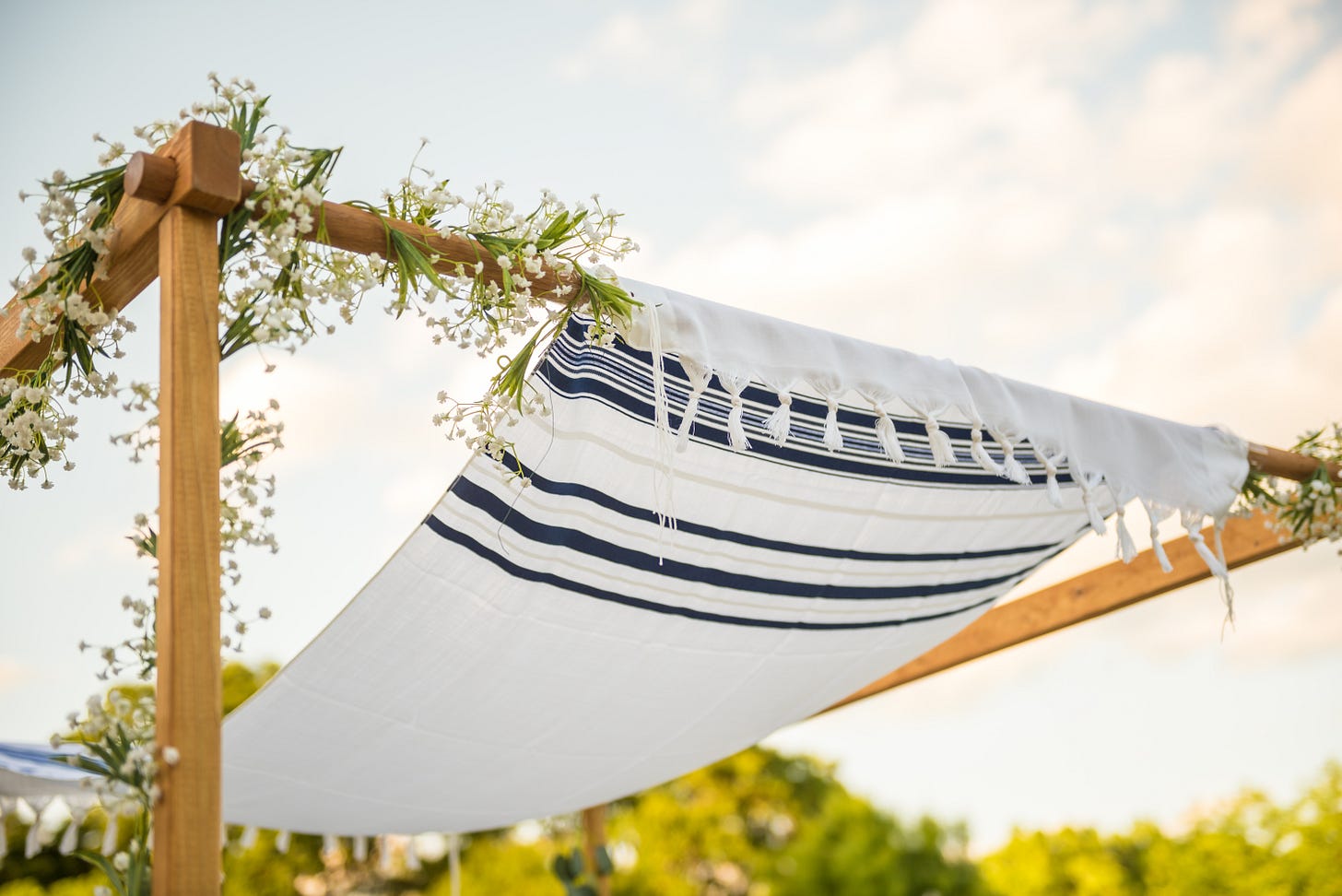From Marriage to Community
The Multilayered Lessons of Parashas Ki Teitze
Parashas Ki Teitze is filled with a wide variety of mitzvos, covering topics from the commonly discussed rebellious son to the prohibition against charging interest. The underlying theme connecting all these rules is community life.
So why does this Parashah, focused on communal laws, also delve into the intricate details of marriage? According to Rav Ya…
Keep reading with a 7-day free trial
Subscribe to Shui’s Newsletter to keep reading this post and get 7 days of free access to the full post archives.



